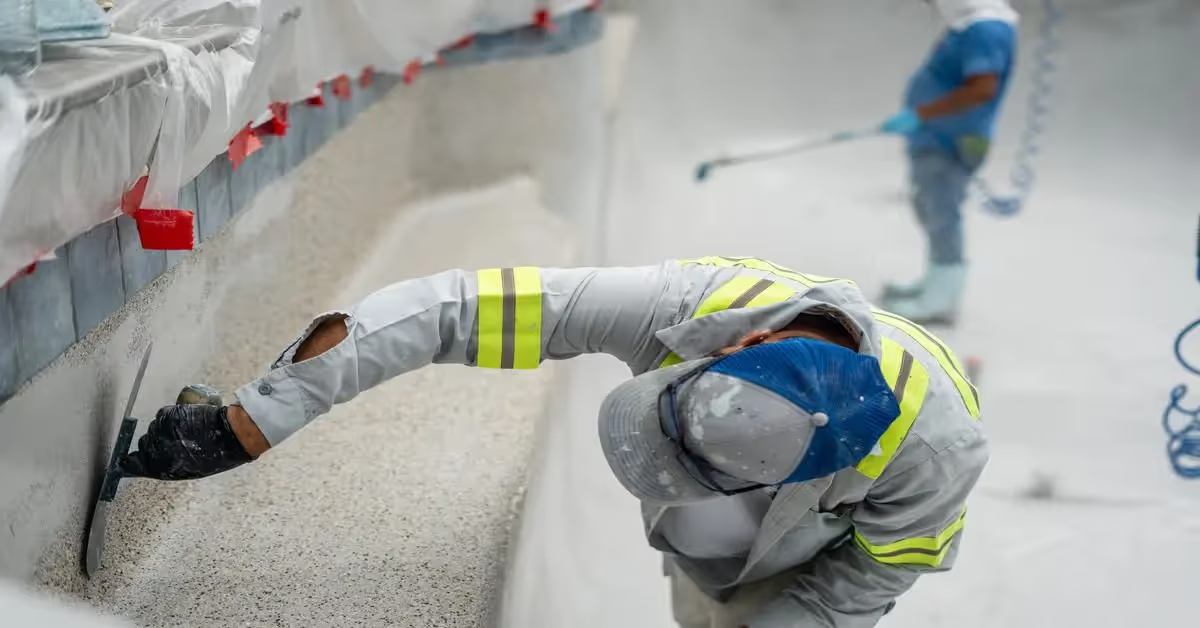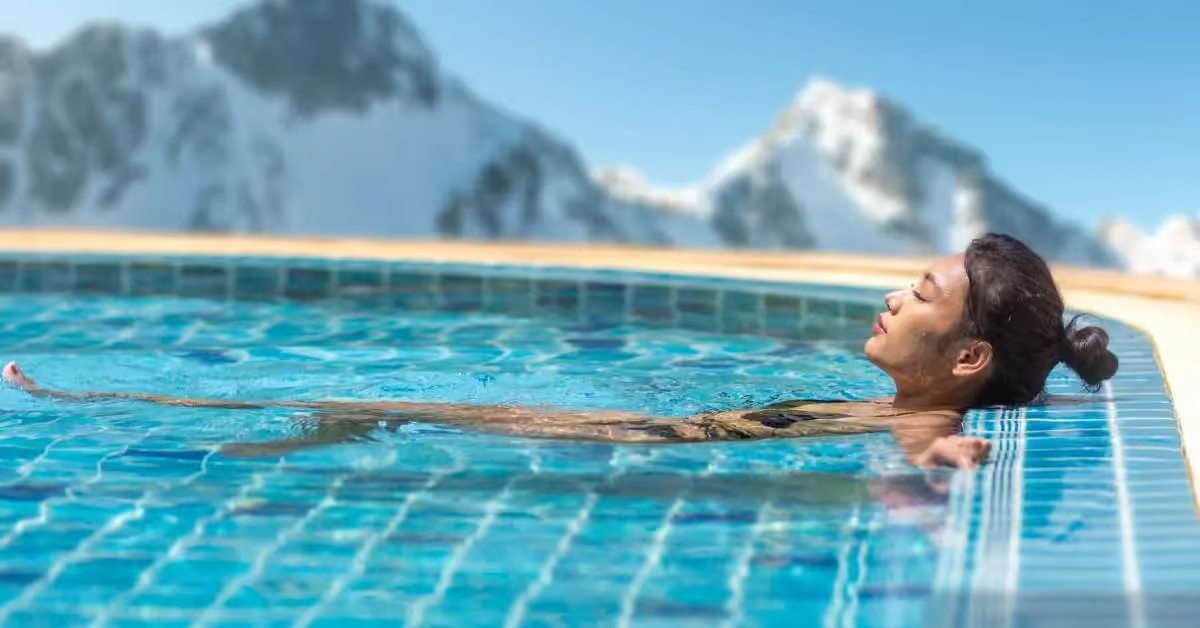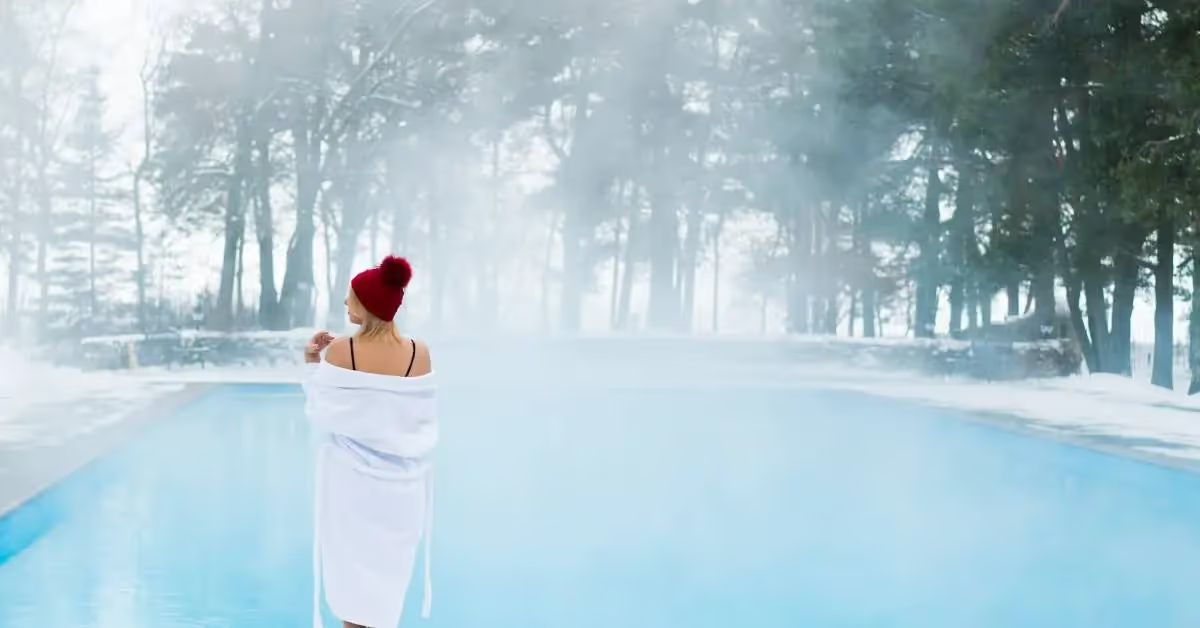Essential Pool Maintenance Tips for Northern Utah
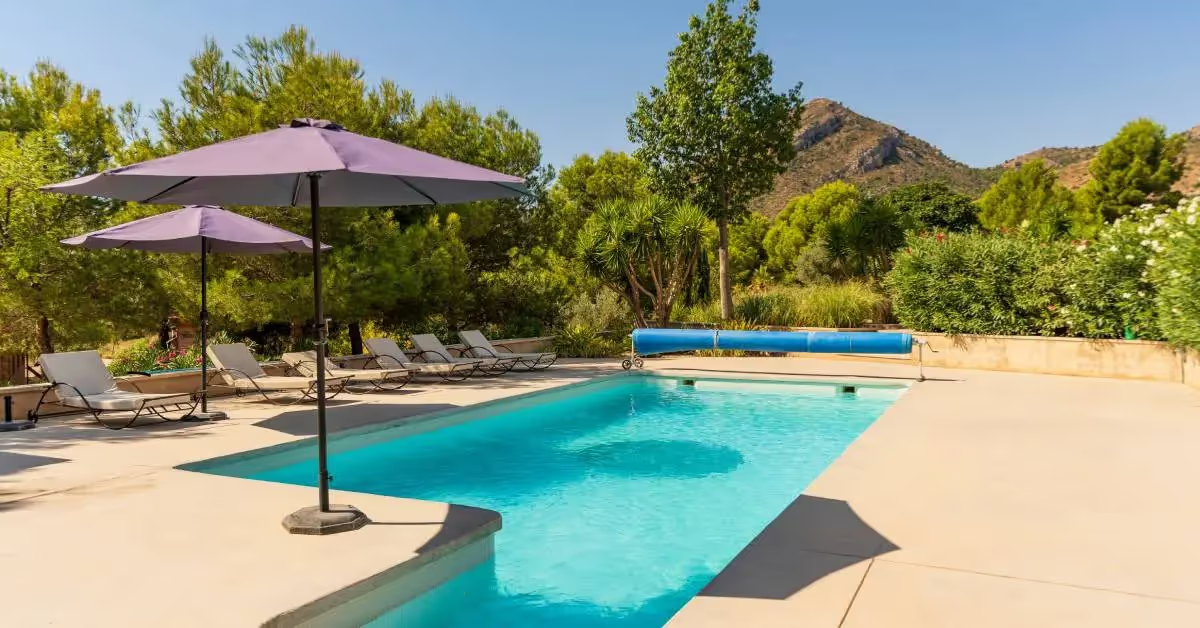
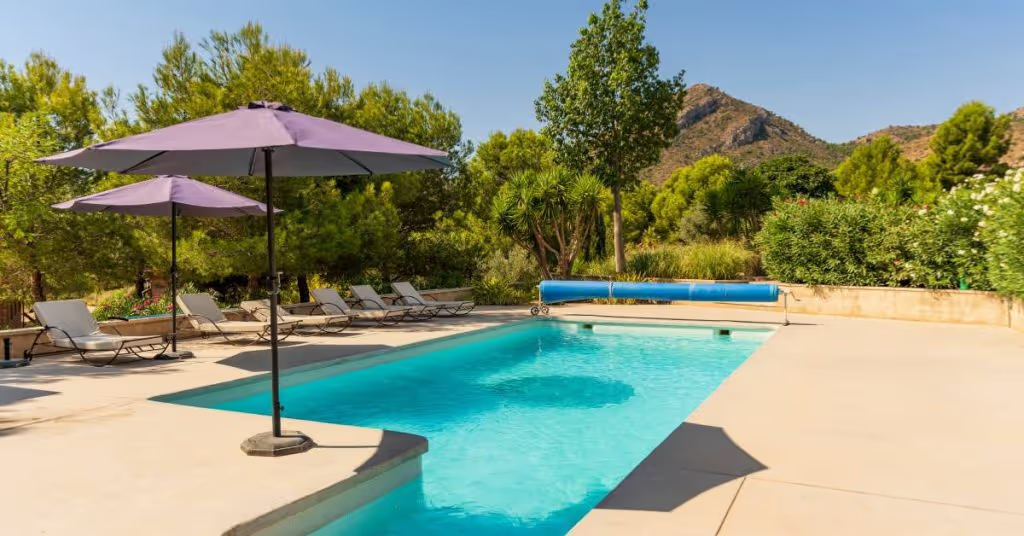
Maintaining a swimming pool in Northern Utah requires a unique approach due to the region’s diverse climate. The region faces dry summers and harsh winters that make maintenance tasks difficult to navigate. Fortunately, Odyssey Pools can help you create a plan with these essential pool maintenance tips for Northern Utah.
Understanding Northern Utah’s Climate
Residing in Northern Utah means facing dry summers and snowy winters. Each season can affect your pool’s condition. During the summer, the intense heat increases evaporation, causing water levels to drop and potentially upset the chemical balance as minerals concentrate. In contrast, the freezing temperatures in winter can cause water in pipes to freeze and expand, risking cracks and structural damage.
Tip 1: Navigate Seasonal Transitions
As seasons change, inspect the pool cover to ensure it’s in prime condition. Look for signs of wear and tear, such as holes and fraying edges, which could compromise its effectiveness. Replace damaged covers to maintain a barrier against debris and harsh weather.
Ensure the pool cover fits snugly to prevent wind from lifting the cover. Secure it with anchors or weights for added stability during strong winds.
Evaluate and Tune Pool Equipment
Transitioning between seasons involves careful evaluation and tuning of the pool equipment. Check the pump, heater, and filtration system for signs of strain or malfunction. Clean filters and make sure every part operates properly to prepare for changes in usage and temperature.
Monitor Weather and Water Conditions
Listen to weather forecasts and water conditions to anticipate pool adjustments. During spring and fall, temperatures fluctuate, impacting the water’s chemical balance.
Regularly test water chemistry—focusing on pH and alkalinity levels—to prevent algae growth and scaling. As the weather cools, consider using insulating materials to protect plumbing from freezing water.
Tip 2: Use Effective Winterization Techniques
Pool winterization starts with draining water lines to prevent freezing and expansion. Use a compressor to blow out water from pipes. Focus on areas prone to freezing, such as skimmers and returns. Then, lower the water level to slightly above the bottom of the skimmer to maintain balance.
Once you drain the lines, apply pool-safe antifreeze to protect any remaining water from freezing. Pour antifreeze into the skimmer and return lines. This step ensures that residual moisture doesn’t freeze. Implementing each of these winterization techniques stops ice from forming, reducing the risk of cracks or structural issues.
Secure the Pool Cover
A secure pool cover is vital for protecting your pool during winter. Invest in a winter cover that protects against debris and harsh weather.
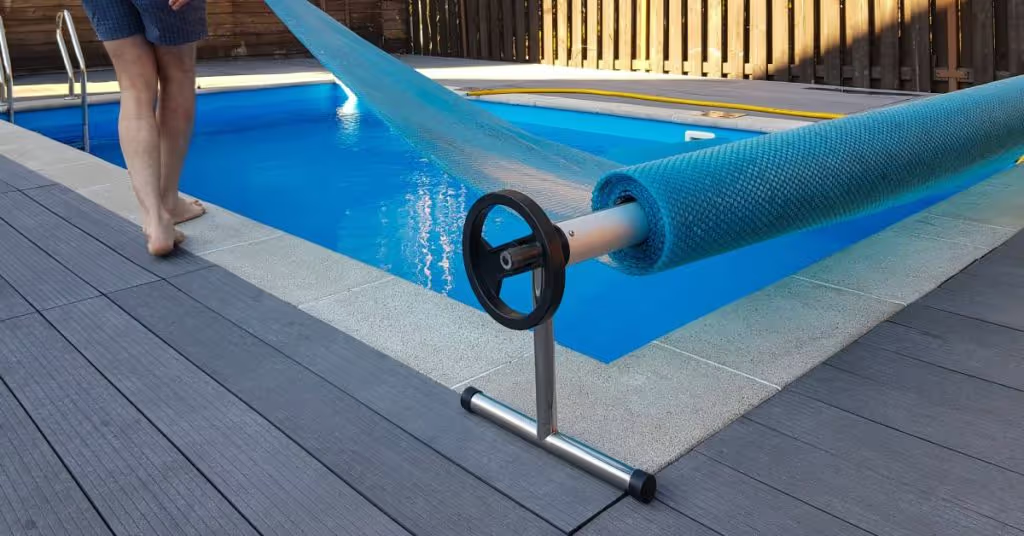
Prevent Debris Accumulation
In addition to a sturdy cover, use leaf nets if your pool resides near trees. Nets add an extra layer of protection against falling leaves and branches so spring cleanup is easy.
Throughout the winter, regularly remove snow and ice buildup on the cover. This will prevent the cover from sagging and potential damage to the pool and cover.
Tip 3: Manage Hard Water Issues
High mineral content—specifically calcium and magnesium—causes scaling on pool surfaces and equipment. The buildup of mineral deposits affects the pool’s appearance and can damage pumps and filters because it restricts water flow. Regularly test the water to gauge mineral levels and prepare for more thorough maintenance.
Use Water Softeners
Implementing water softeners is an essential maintenance tip for pools in Northern Utah because they regulate mineral buildup. These systems reduce calcium and magnesium levels to minimize the risk of scaling and maintain good water quality. Consider installing a whole-house water softener to treat all incoming water or using portable water softening units during refills.
Implement Scaling Prevention Techniques
Scale inhibitors bind minerals and prevent them from depositing on surfaces. Brush pool walls consistently to disrupt mineral deposits before they harden. Using specialized cleaning agents for hard water conditions keeps tiles and liners free from unsightly buildup.
Scale buildup can reduce the efficiency of pumps and filters, leading to higher energy costs and damage. Therefore, it’s necessary to regularly clean and descale pool equipment to keep each component running smoothly. Use a vinegar solution or specialized descaling products to dissolve mineral deposits.
Tip 4: Maintain Pool Chemistry in High-Altitude Areas
Living in high-altitude areas like Northern Utah affects your pool chemistry. Increased UV exposure and decreased humidity levels accelerate the depletion of pool chemicals. This rapid reduction can lead to chemical imbalances that affect water clarity and swimmer safety.
You must adjust the water’s chemical levels to counteract the effects of intense sunlight and dry air. Increase stabilizer levels to protect chlorine from UV degradation so it lasts longer. Monitor pH and alkalinity closely; these parameters will fluctuate due to Northern Utah’s climate. Keep pH within 7.4 to 7.6 to prevent eye irritation while swimming and equipment damage.
Advice for Maintaining Pool Chemistry
Implement these tips to manage your pool chemistry effectively in high-altitude areas:
- Increase chlorine levels to compensate for rapid loss due to UV exposure.
- Use stabilizers to protect chlorine from breaking down quickly in sunlight.
- Monitor pH and alkalinity levels. Keeping these levels balanced will prevent corrosion and scaling.
- Check calcium hardness to avoid equipment damage and cloudy water.
- Adjust chemical dosages regularly based on weather changes and pool usage patterns.
Tip 5: Combat Algae Growth
Regularly brush pool walls and vacuum the floor to disrupt algae growth. Use algaecides as part of your chemical treatment routine to prevent outbreaks. Maintain chlorine levels to sanitize the water and deter algae formation. Weekly shock treatments provide an added layer of protection by eliminating lingering spores.
Manage Organic Debris
Local flora contributes to debris that can contaminate the pool and impair the filtration system. Regularly skim the surface and empty skimmer baskets to avoid blockages. Trim nearby trees and bushes to minimize debris falling into the pool. Establishing a weekly schedule to clean filters will stop organic matter from overwhelming the pool system.
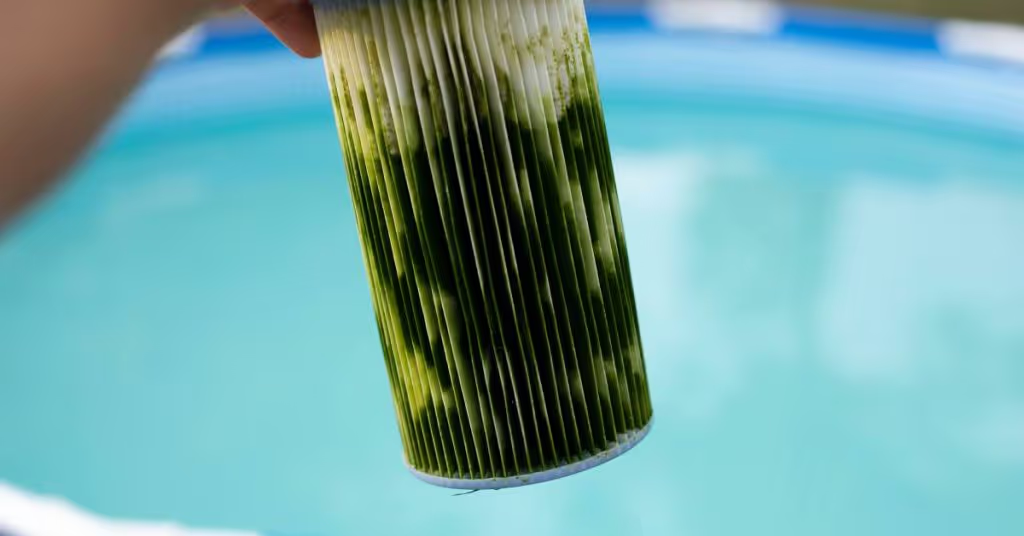
Tip 6: Optimize Filtration Systems for Northern Utah
Choose a filtration system that suits the specific demands of the region. Sand, cartridge, and diatomaceous earth (DE) filters are viable options for pools in Northern Utah. Routinely inspect and backwash sand and DE filters to maintain efficiency.
Need Help? Let Odyssey Pools Assist You With Pool Repairs
Even the most well-maintained pools are susceptible to problems. If you need a pool repair service, call Odyssey Pools. We can repair cracks, fix leaks, and take care of other common swimming pool issues. Reach out to us today and experience the peace of mind of knowing your pool is in good hands.
Transform Your Backyard Today
Contact Odyssey Pools now to create the luxurious pool of your dreams. Let's get started!


